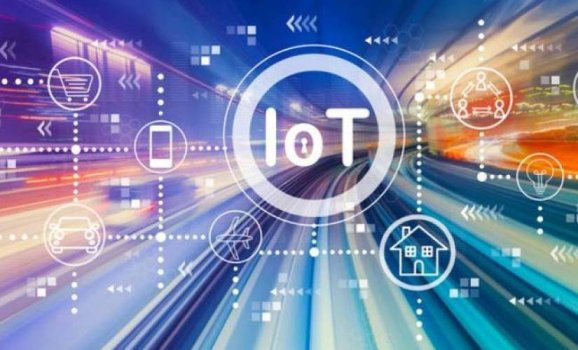K
Kathleen Martin
Guest
Technology is taking a sharper turn to change the world like never before. As a result, the internet landscape is also expanding. It is not only limited to smartphones, laptops, tablets, or computers anymore. In today’s era, a multitude of devices is internet-connected, creating “smart” devices.
As you know, IoT or the Internet of Things is an umbrella term for all the internet-connected devices we see in our daily lives.
To understand how IoT can enable us to create a smart and connected world (not just devices), let’s start with the basics.
What is IoT?
IoT refers to the physical objects/things worldwide connected to the internet for gathering and sharing information. The range of existing and potential IoT devices is tremendous. IoT networks offer an interconnected environment for objects to have a digital presence and enable them to communicate with other objects and people.
IoT is a revolutionary transformation in the digital world with the potential to touch every person’s life. Changes that came with IoT are visible everywhere. A few examples of IoT devices are smart cities, smart wearable devices, integrated supply chains, smart connected homes, parking sensors, and many more.
The growth of IoT and its adoption are moving at a fast pace. The adoption of IoT that we see today is driven by multiple other evolving technologies like wireless protocols, large volumes of data, low-cost microprocessors, cloud-based web applications, and most importantly, the surge in connected devices. You can see the statistics of IoT vs. non-IoT devices active connections from 2010 to 2025.
IoT – Architecture
IoT Architecture consists of a collection of sensors, physical data, cloud services, communication layers, users, IoT protocols, business layers, developers, and actuators. And due to the wide range of internet objects domain, there’s no standard defined architecture being strictly followed universally.
There were multiple architectures developed depending on the requirements and demands of different industries. Yet, there is a basic flow of processes on which IoT is built. So, in this blog, we will discuss the primary layers of IoT architecture (i.e., 5-stage IoT Architecture).
While in the case of actuators, the process intervenes in physical reality. So, for example, they can adjust the room temperature or switch the lights on/off.
Protocols like Message Queuing Telemetry Transportation (MQTT), Constrained Application Protocol (CoAP), and Lightweight Machine to Machine (LwM2M) help to connect different devices to send data.
Continue reading: https://readwrite.com/iot-a-connected-and-smart-world/
As you know, IoT or the Internet of Things is an umbrella term for all the internet-connected devices we see in our daily lives.
To understand how IoT can enable us to create a smart and connected world (not just devices), let’s start with the basics.
What is IoT?
IoT refers to the physical objects/things worldwide connected to the internet for gathering and sharing information. The range of existing and potential IoT devices is tremendous. IoT networks offer an interconnected environment for objects to have a digital presence and enable them to communicate with other objects and people.
IoT is a revolutionary transformation in the digital world with the potential to touch every person’s life. Changes that came with IoT are visible everywhere. A few examples of IoT devices are smart cities, smart wearable devices, integrated supply chains, smart connected homes, parking sensors, and many more.
The growth of IoT and its adoption are moving at a fast pace. The adoption of IoT that we see today is driven by multiple other evolving technologies like wireless protocols, large volumes of data, low-cost microprocessors, cloud-based web applications, and most importantly, the surge in connected devices. You can see the statistics of IoT vs. non-IoT devices active connections from 2010 to 2025.
IoT – Architecture
IoT Architecture consists of a collection of sensors, physical data, cloud services, communication layers, users, IoT protocols, business layers, developers, and actuators. And due to the wide range of internet objects domain, there’s no standard defined architecture being strictly followed universally.
There were multiple architectures developed depending on the requirements and demands of different industries. Yet, there is a basic flow of processes on which IoT is built. So, in this blog, we will discuss the primary layers of IoT architecture (i.e., 5-stage IoT Architecture).
- Sensing Layer
While in the case of actuators, the process intervenes in physical reality. So, for example, they can adjust the room temperature or switch the lights on/off.
- Communication Layer
Protocols like Message Queuing Telemetry Transportation (MQTT), Constrained Application Protocol (CoAP), and Lightweight Machine to Machine (LwM2M) help to connect different devices to send data.
- Cloud Layer
- Management Layer
Continue reading: https://readwrite.com/iot-a-connected-and-smart-world/

